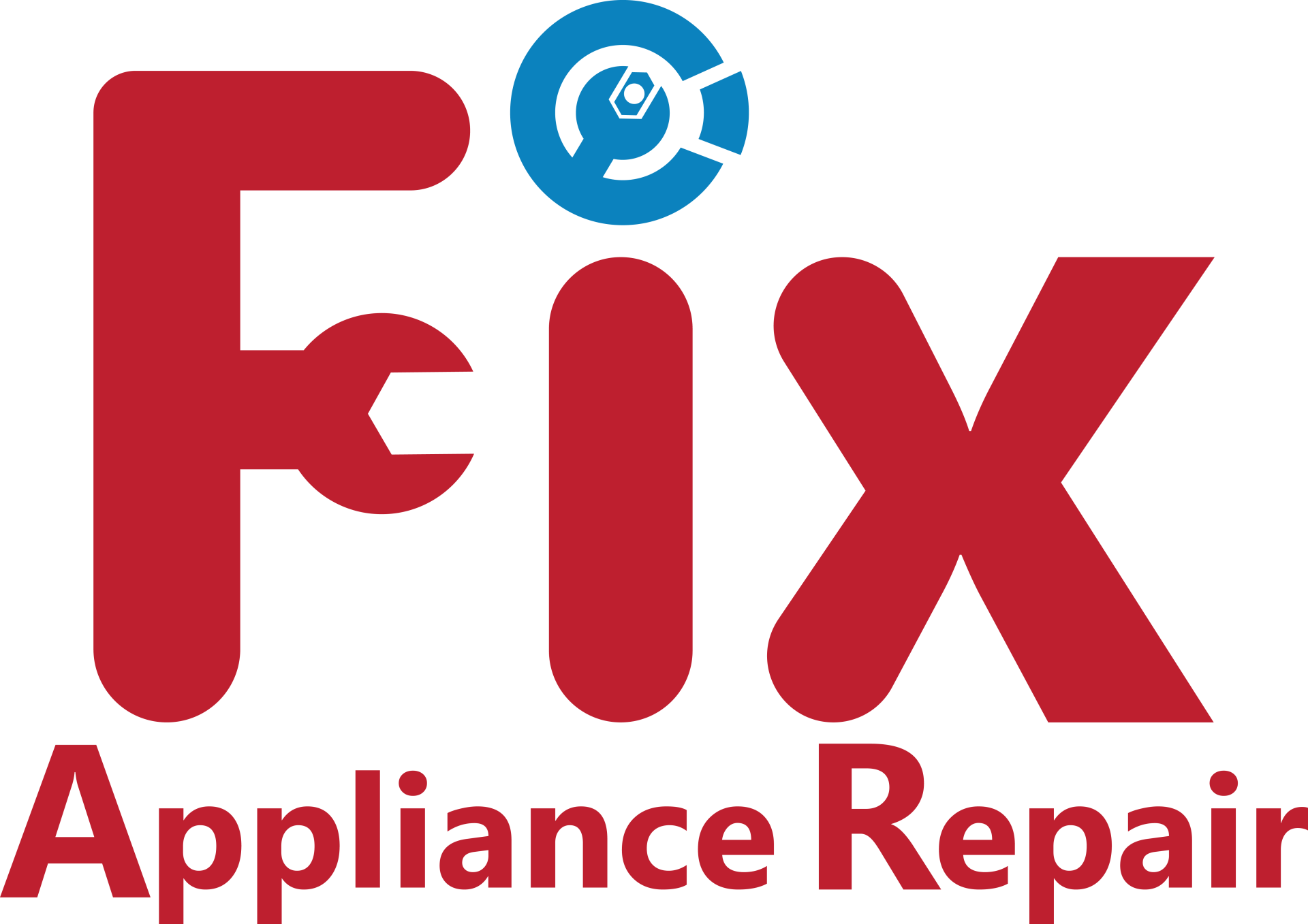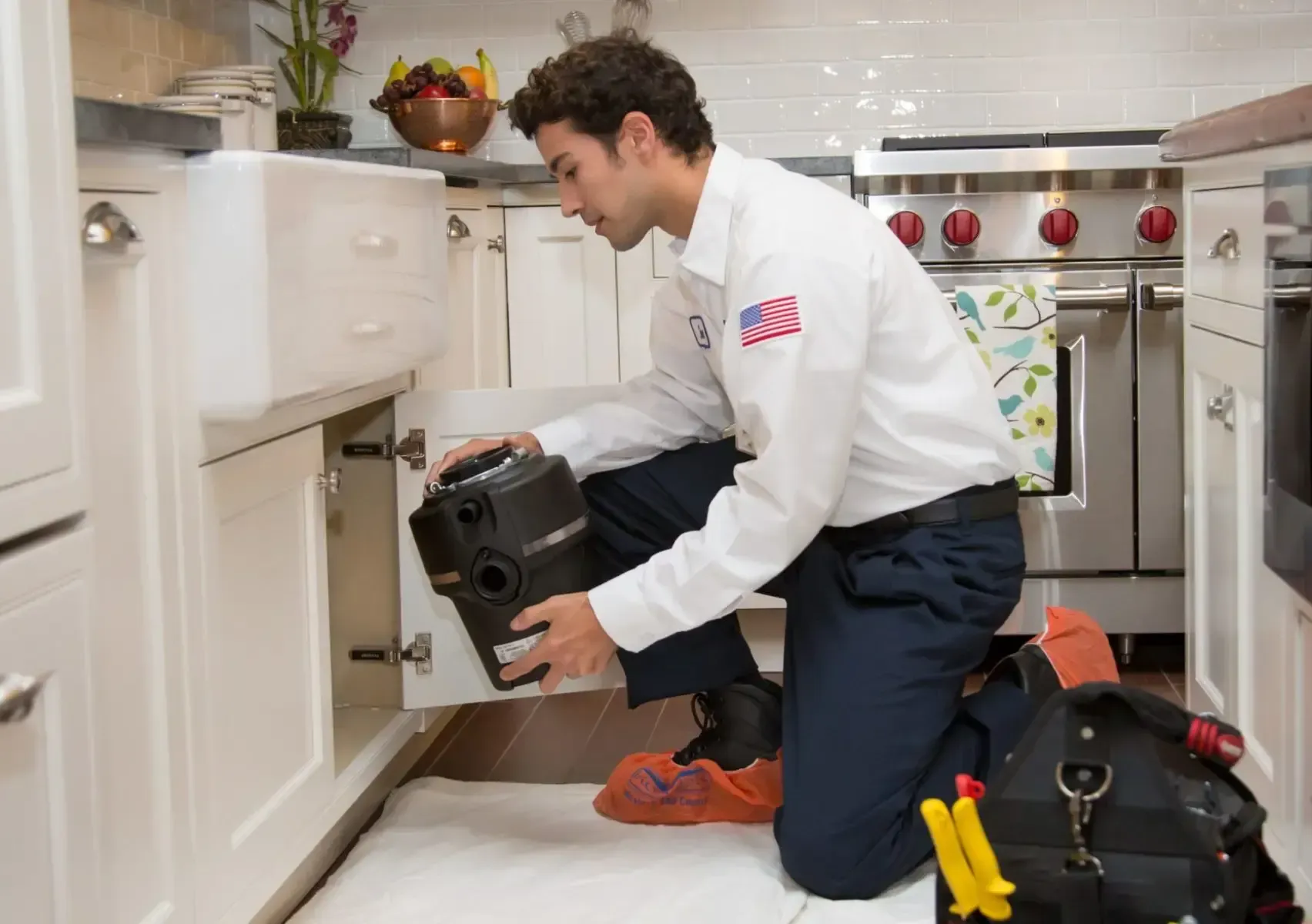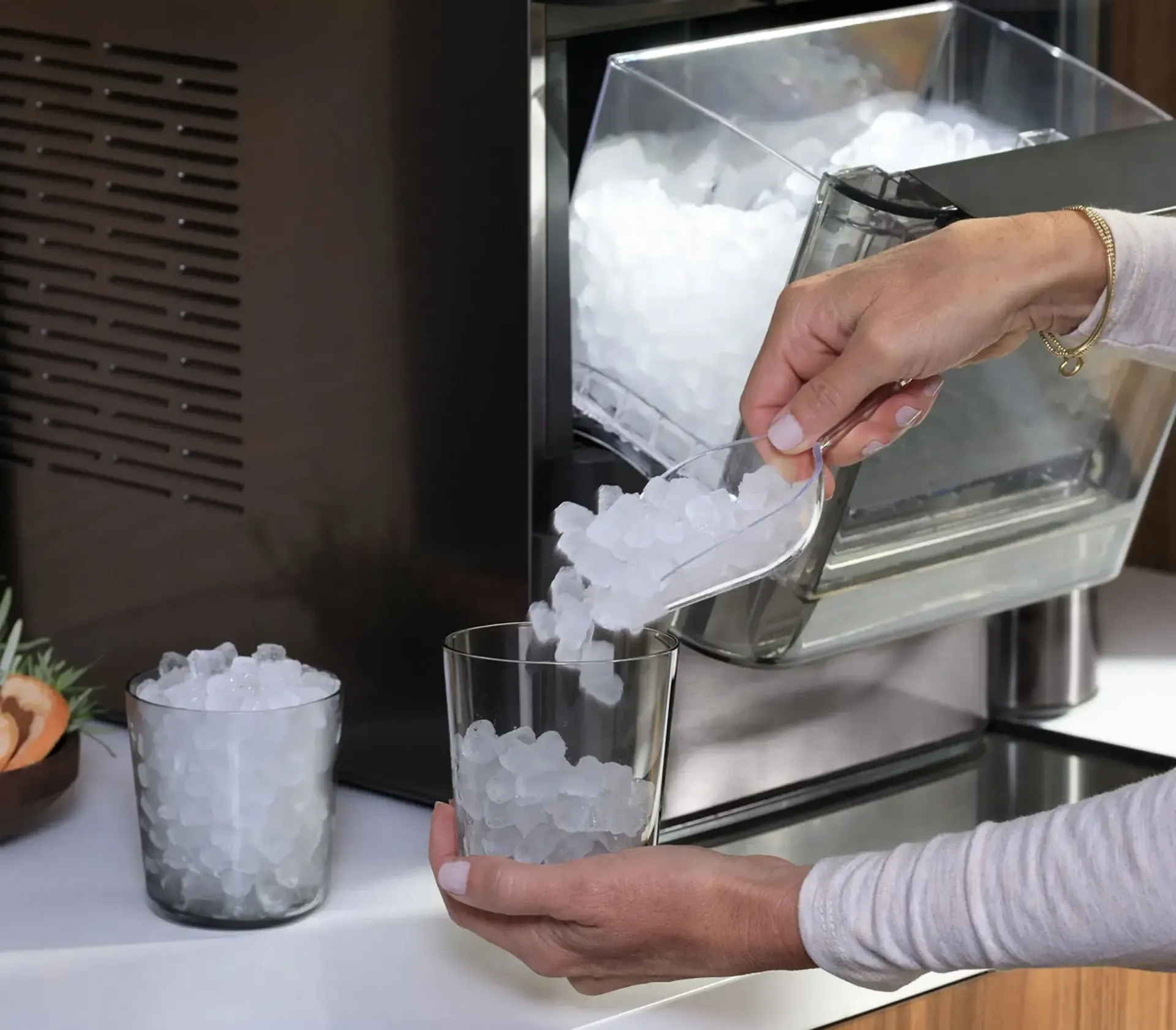While convection ovens have been around for decades, uncertainty still remains about how they operate compared to a conventional model. To better inform your next oven purchase, we’ll review the pros and cons of a convection vs conventional oven. We’ll also clarify what really makes these two ovens different.
The Pros and Cons of a Convection Oven vs Conventional Oven
There’s no way to go wrong when choosing between a convection oven vs conventional oven. The key is to choose the right model for your cooking needs and preferences. The following pros and cons illustrate how to compare these models but, first, we’ll specify how a convection oven works.
What Is a Convection Oven?
The main difference between convection ovens and regular ovens is a convection model’s use of a fan that circulates hot air. By contrast, a conventional oven cooks food by surrounding it with hot air from a heating element at its base. Air is not circulated by a fan or exhaust system. These different cooking methods have pros and cons depending on your cooking preferences.
Convection Oven Pros and Cons
Pros:
- Even cooking: Circulated air results in more even cooking. This creates food that is evenly browned and crisp on the outside while remaining moist and tender inside. Convection ovens are ideal for roasting large cuts of meat and baking cookies and pies with a crispy exterior and soft interior.
- Shorter cooking times: Convection ovens cook food faster than a conventional oven. This makes convection vs conventional oven cooking times shorter.
- Greater efficiency: Shorter cooking times also mean that less energy is used to cook food. Convection ovens preheat faster than conventional ovens, further increasing their efficiency.
- Greater cooking capacity: A convection oven can evenly cook multiple dishes at one time, regardless of where they’re placed.
Cons:
- Recipes require adjustments: Shorter cooking times require that many recipes be changed to shorter time frames or decreased temperatures. Wondering how do I convert cooking time for a convection oven? While it’s generally suggested to decrease your convection oven temperature by 25° F, we suggest referring to your convection oven instructions for recommendations.
- Not ideal for gentler baking: Breads, cakes, and flaky pastries don’t rise as well in the circulated air of a convection oven.
- Overcrowding decreases function: While a convection oven can cook multiple dishes, too many can block the fan and limit circulation, leading to longer cooking times. Tips for using a convection oven include allowing at least 2 inches in between items for ideal circulation.
- Cost: Convection ovens vs conventional ovens still have a higher upfront cost. The additional parts of a fan and exhaust system can also result in higher repair costs than a conventional oven without these components.
Conventional Oven Pros and Cons
Pros:
- Familiarity: A conventional oven’s cooking times, functionality and temperature settings are more familiar to most consumers, leading to greater ease of use.
- Recipes correspond accurately: most recipes are formulated in accordance with conventional ovens, requiring no changes or adjustments.
- Greater baking proficiency: Conventional ovens are more adept at a wider range of baking from both cookies and pies to delicate cakes and pastries.
- Cost: Conventional ovens generally cost less than convection models.

Cons:
- Uneven cooking: without circulated air, a conventional oven’s interior often has pockets that are hotter or colder than others, leading to uneven baking and roasting.
- Decreased cooking capacity: A conventional oven can burn items that are too close to its heating elements. Cooking multiple dishes in a conventional oven also decreases its temperature, increasing cooking times.
- Longer cooking times: Conventional ovens take longer than convection models to cook food, potentially hampering busy families or dinner parties.
- Less efficient: Conventional ovens require more gas or electricity to preheat and maintain their temperature, potentially increasing energy usage and costs.
Which Types of Ovens Are Best?
Given each of their pros and cons, the best choice between convection oven vs conventional oven is the one that best suits your cooking preferences. If you’re a busy household, not given to delicate baking, the faster cooking times and greater efficiency of a convection oven may be appealing. Conversely, a proficient baker with particular recipes or a family with fewer time constraints and a tighter budget may prefer a conventional oven.
Fix Appliance Repair Service is Monterey’s premier oven repair service. Call us for any convection or conventional oven repair.



